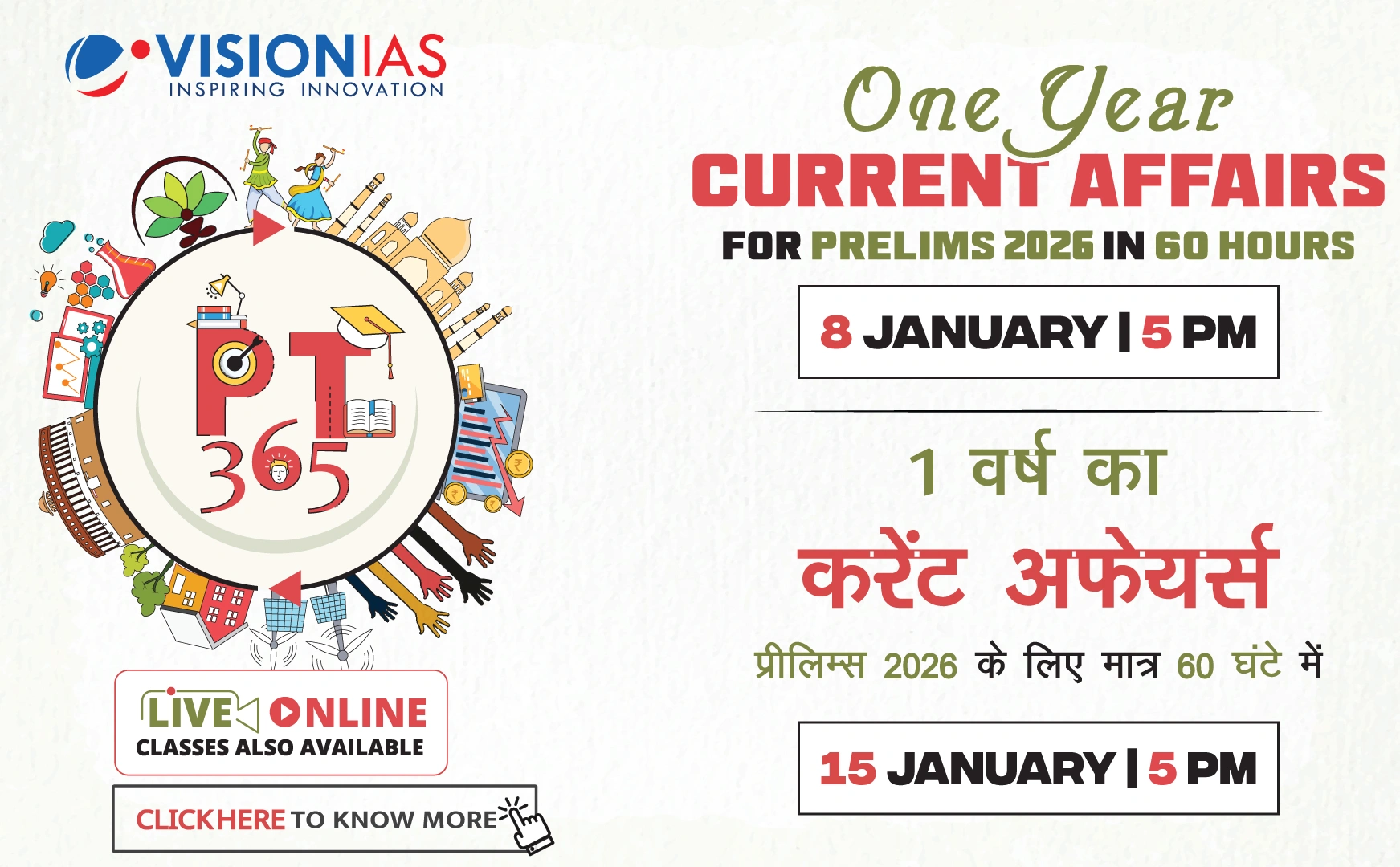Colour Revolutions
The dawn of the 21st century saw a wave of uprisings in post-Soviet states known as the "colour revolutions". These movements aimed to replace pro-Moscow governments with pro-West ones under the guise of democratic reforms, although they were perceived by Russian elites as Western-backed strategies to weaken Moscow's influence.
Significant Colour Revolutions
- Georgia’s Rose Revolution (2003)
- Ukraine’s Orange Revolution (2004)
- Kyrgyzstan’s Tulip Revolution (2005)
Despite their peaceful and democratic appearance, these movements were supported by Western organizations like the National Endowment for Democracy (NED), perceived as low-cost, high-impact interventions.
Outcomes and Limitations
The anticipated transformations from these revolutions did not meet expectations. Instead, they often replaced one set of corrupt leaders with another aligned with the West. Public disillusionment grew due to unfulfilled expectations, highlighting the limits of these externally driven democratic experiments.
Case Study: Georgia’s Rose Revolution
- Replaced President Eduard Shevardnadze with Mikheil Saakashvili.
- Initially viewed as a democratic victory, but later associated with corruption and undemocratic practices.
Recent Developments in Georgia
Two decades later, Georgia faces similar challenges. The ruling Georgian Dream Party, led by Mikheil Kavelashvili, won the recent elections, replacing former President Salome Zourabichvili, who alleged electoral malpractices. Protests against the election results were linked to Western interference.
Geopolitical Implications
Georgia's strategic position between Europe and Asia makes it a focal point in global power struggles, caught between Russian influence and Western agendas. The effectiveness of soft power strategies, such as promoting democracy through colour revolutions, is diminishing amid these complexities.
Conclusion
Georgia exemplifies the challenges of balancing domestic governance with external pressures. Its political trajectory, alongside other post-Soviet states, will be shaped by the evolving dynamics of international relations, testing the resilience of states navigating these turbulent times.



